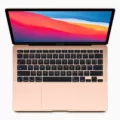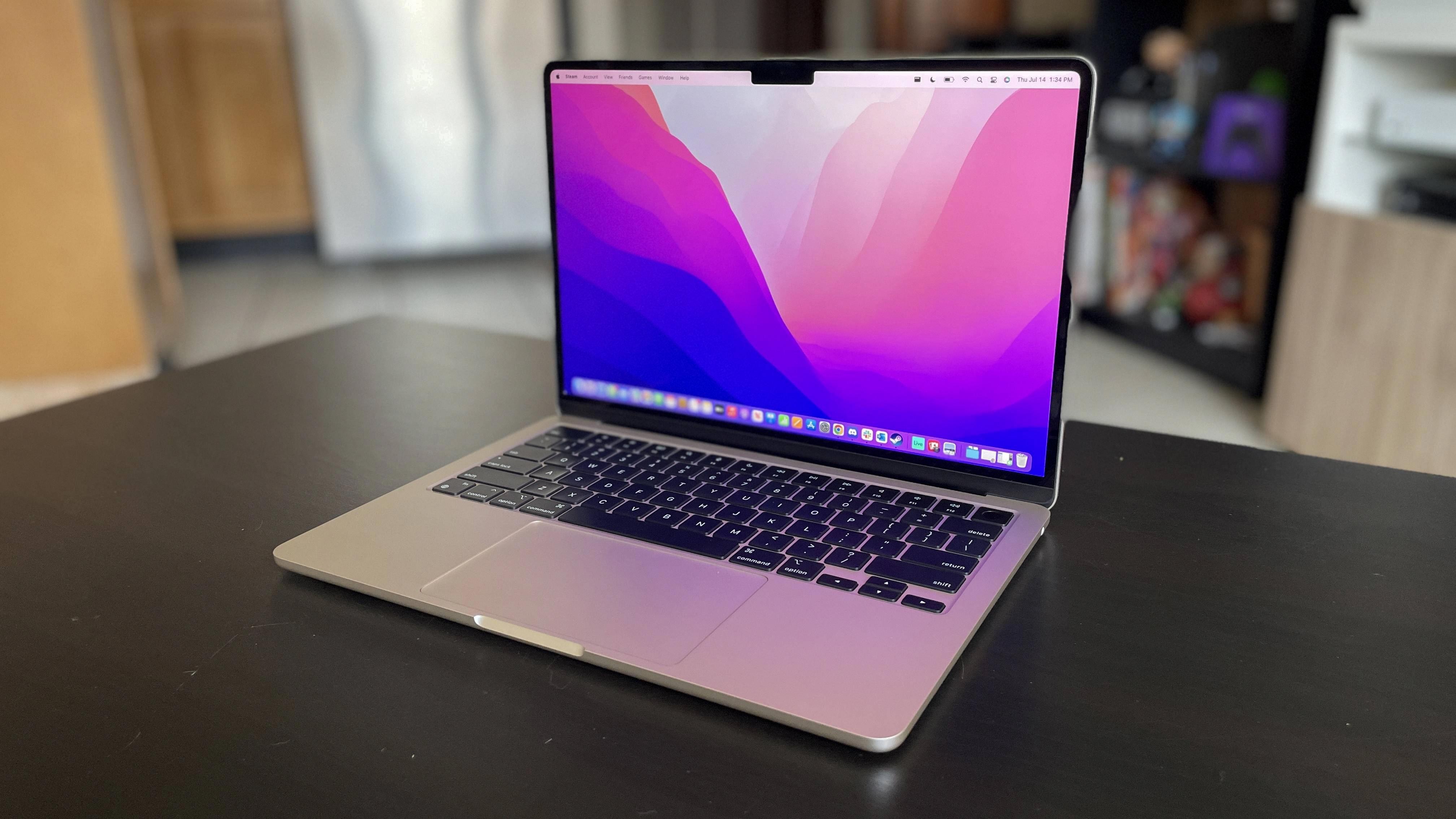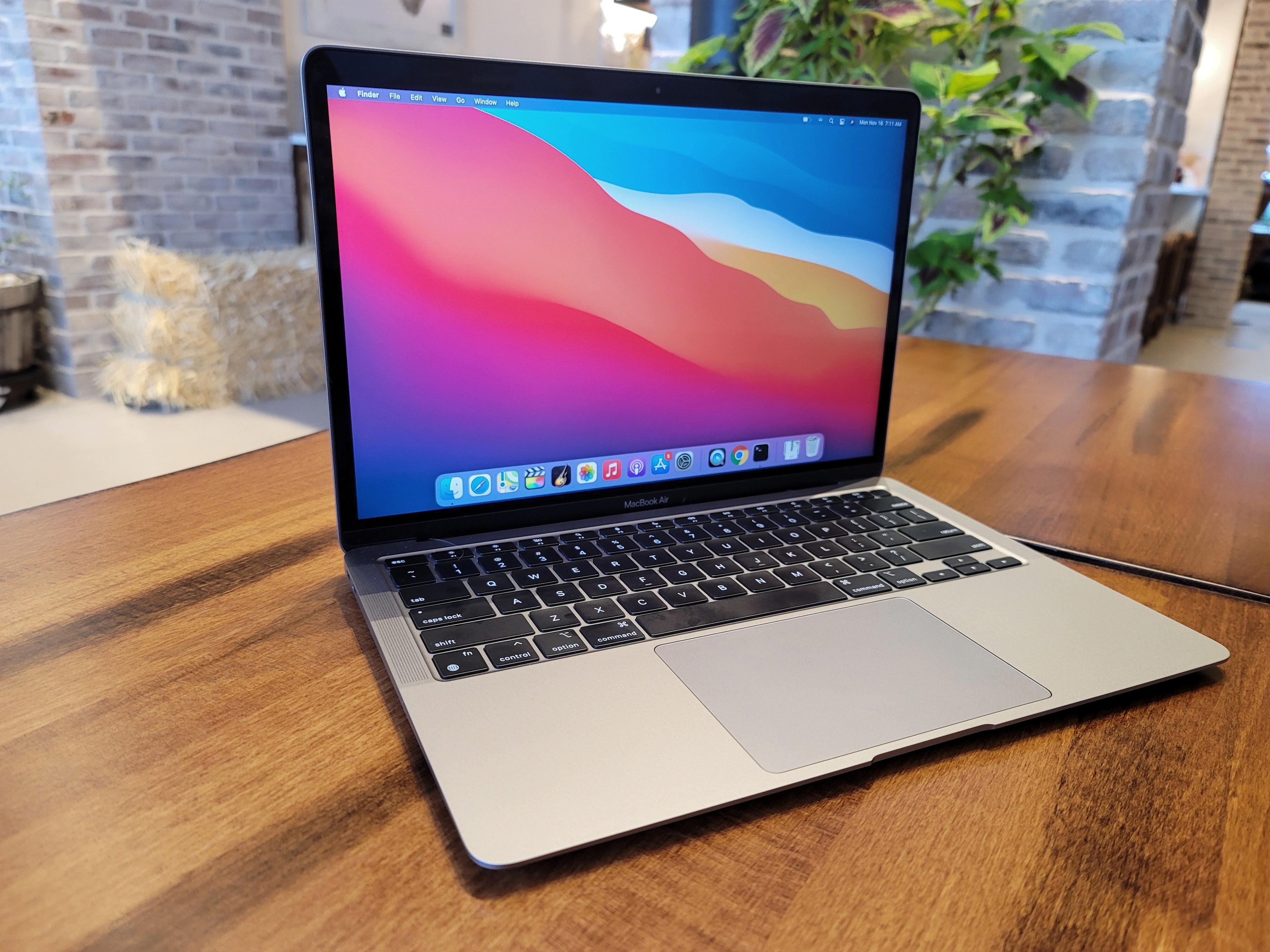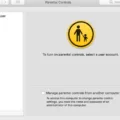Are you dealing with a crashed Macbook? Are you trying to figure out why your Macbook is not functioning properly? Don’t worry, you are not alone. Many Macbook users have experienced this problem and tere are some simple steps that can help to fix a crashed Macbook.
First and foremost, it is important to determine the reason for the crash. There could be many reasons that your Macbook crashed, such as software bugs and incompatibilities, not enough system memory for applications to run, or resource-intensive applications that heavily use the CPU.
Once you have identified the case of the crash, it is time to take action. If your cursor appears as a spinning beach ball when you use an application, then it is likely that your computer has crashed. In this case, you should try to Force Quit out of the program causing the problem. To do this, press Command + Option + Escape at the same time. This will bring up a window of programs and processes currently running on your Macbook. Select the one causing the problem and click “Force Quit” in order to terminate it immediately.
If Force Quitting out of a problematic application does not solve your issue, then it may be necessary to restart your computer manually by pressing and holding down the power button until it shuts off. After a moment or two, press again to restart your Macbook.
In rare cases where software or hardware issues are causing your computer to restart unexpectedly, it might be necessary to perform an upgrade or reinstallation of OS X in order for everythig to function properly again. This process can seem intimidating but if done correctly can be highly beneficial for fixing any issues related to crashing or freezing on your Macbook.
It is important to note that if none of these solutions work for fixing your crashed Macbook then seeking professional help from Apple Support may be necessary in order for them to diagnose any underlying problems with hardware or software on your device.
We hope this blog post has been helpful in proiding guidance on how best to fix a crashed Macbook!
Investigating the Causes of a Mac Crash
It is possible that your Mac just crashed due to a software bug or incompatibility. This could be due to a program you recently installed that is not compatible with your system. It could also be due to too many applications running at the same time, which can cause your Mac to run out of system memory or CPU resources. Lastly, it could be an issue with the operating system itself. If none of these seem like likely causes, it might be best to contact Apple Support for further assistance in diagnosing the issue.
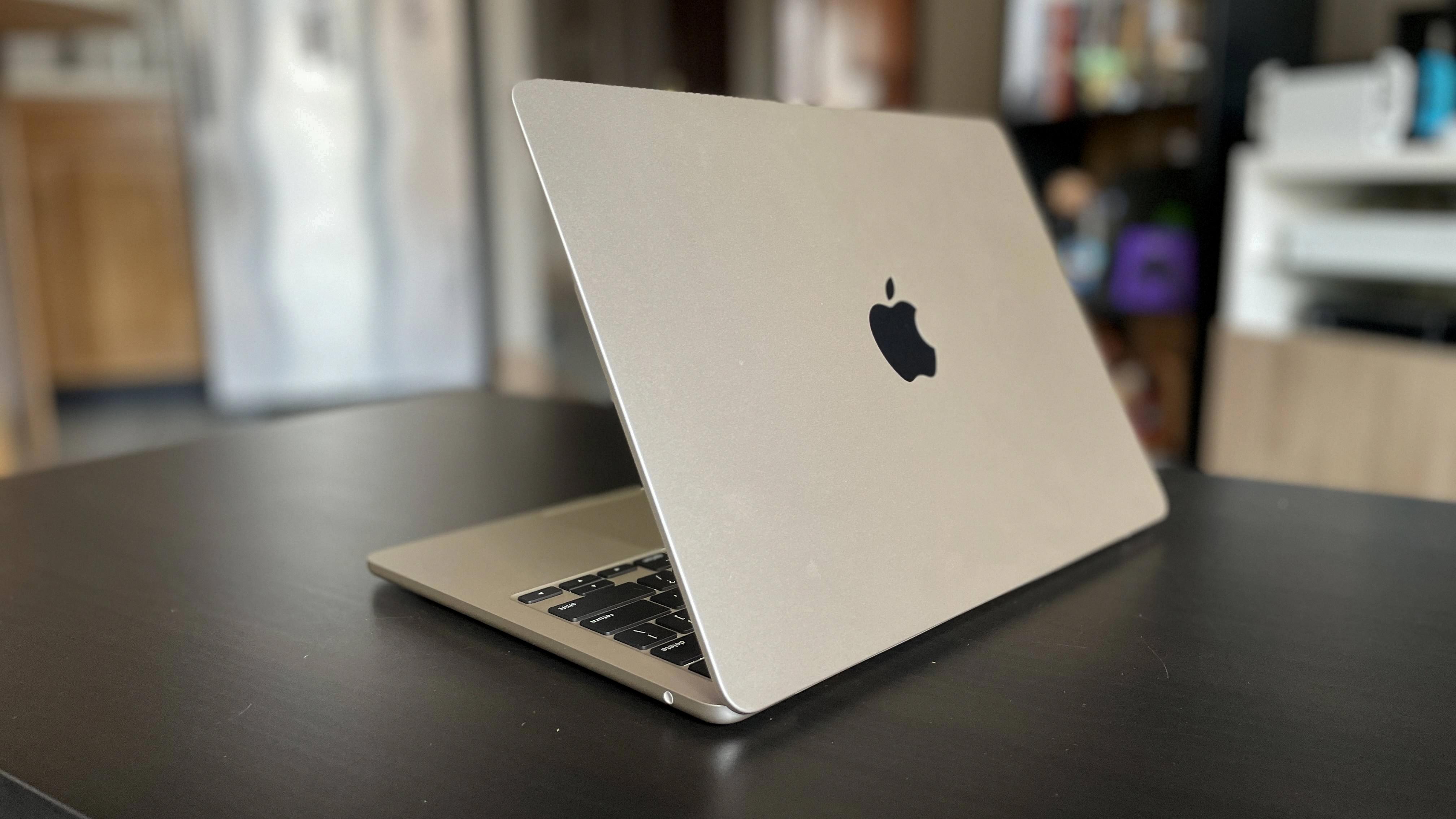
Source: cnn.com
Signs That a MacBook Has Crashed
If your MacBook has crashed, you will likely see a spinning beach ball cursor when you attempt to use an application or switch to a new one. If you can’t Force Quit out of the program causing the issue, then you’ll need to perform a manual restart. To do this, press and hold the power button on your MacBook until it shuts off and restarts.
Restarting a Crashed MacBook Air
If your MacBook Air has crashed and you can no longer access the Apple menu to restart it, you can use a different startup method. First, press and hold the power button until your Mac shuts off. After a moment, press the power button again to turn it back on. If this does not work, you may need to reset your SMC or NVRAM depending on the model of your MacBook Air. Please check Apple’s support website for more information on how to do this.
Is Mac Crashing Normal?
No, it is not normal for a Mac to crash. While Macs are reliable and generally trouble-free, unexpected restarts can occasionally occur due to software or hardware issues. If your Mac does experience an unexpected restart, it’s important to check for any software updates that may be available, as well as inspect any external devices you may be using with your computer. It’s also a good idea to back up your data regularly in case of an unexpected restart or crash.
Restarting a Crashed Laptop
1. First try a simple restart by pressing and holding the power button until the laptop shuts down, then press it again to turn it back on.
2. If it won’t boot after a regular restart, try a forced shutdown by pressing and holding the power button for three seconds, then releasing and pressing again for three seconds until the laptop turns off. This may start your laptop in Repair Mode.
3. Once in Repair Mode, you can try to repair the system, reset it or do a clean install. To do this, you may need to create bootable media on anther computer to access Advanced Startup Options.
4. If none of these options work and your laptop still won’t start up, you may have a hardware issue that neds professional repair or replacement of components like memory or hard drive.
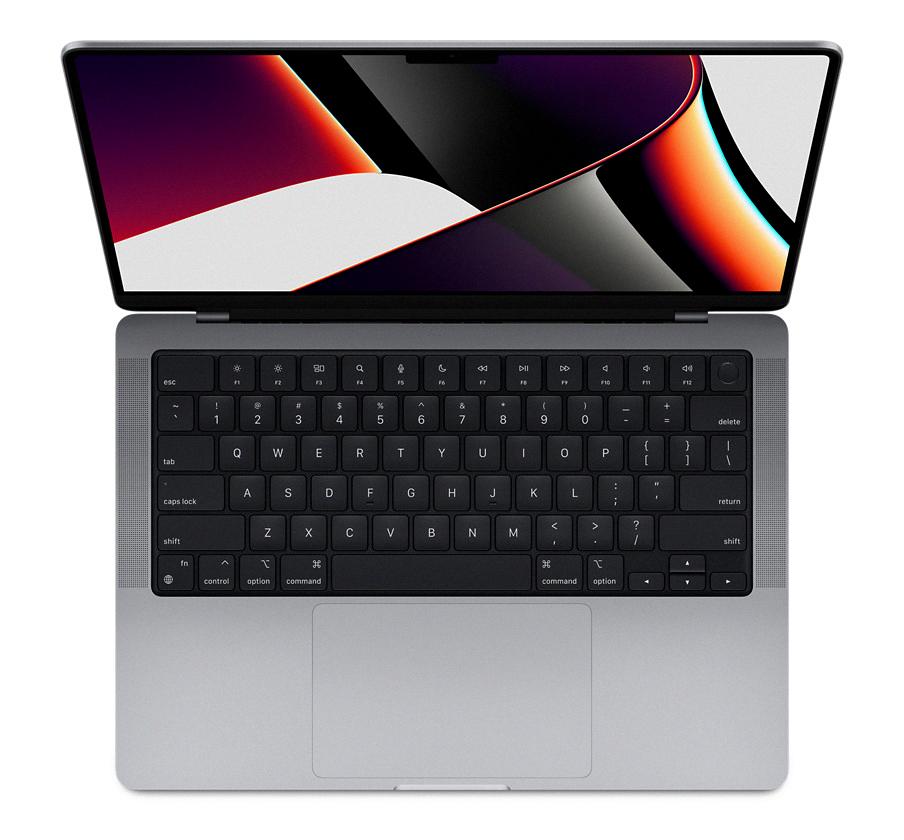
Source: apple.com
Troubleshooting a Mac That Won’t Start Up
If your Mac isn’t starting up properly, try these steps to troubleshoot the issue:
1. Check all power connections to make sure they are securely connected.
2. Press and hold the power button for at least 10 seconds to reset the SMC (Intel-based Macs only).
3. Unplug any accessories that are plugged into your Mac to make sure they are not causing any issues.
4. If you see soething on your screen when you press the power button, try resetting your NVRAM or PRAM by restarting your Mac and holding down Command-Option-P-R until you hear two startup chimes or until the Apple logo appears on the screen (Macs released after 2013 may require a different procedure).
5. If you don’t see anything on the screen, try connecting an external display or using Apple Diagnostics or Apple Hardware Test to check for any hardware issues.
6. If none of these steps work, contact us for further assistance with troubleshooting your issue.
Restarting a MacBook Pro After a Crash
If your MacBook Pro has crashed and you can’t restart it normally by choosing Apple menu > Restart, you can try using a different startup method. Press and hold the power button on your Mac until it shuts off. After a moment, press the power button again to start your Mac. If this doesn’t work, you may need to reset the NVRAM/PRAM on your Mac – instructions for doing so can be found in Apple’s support documentation.
Identifying a Corrupted Mac
If you suspect your Mac computer may be corrupted, there are several signs to look for. First, you may notice that your applications unexpectedly quit or that the system does not respond to input. Additionally, when attempting to open files, some migt not respond or the system will not transfer them to new folders. Another indication of a corrupted Mac is if it won’t start up at all. If any of these symptoms occur, it may be time to take further action in repairing your computer. You can attempt to restore your Mac with its built-in recovery tools or seek professional help from an Apple Authorized Service Provider.
Diagnosing a Crashed Computer
Diagnosing a crashed computer can be a complicated process. To begin, you should check the Event Viewer to see if any system errors have been logged. You can access the Event Viewer by typing “eventvwr” into the Start Menu search bar. In the Event Viewer window, you can view the System log and Application log for any system errors or warnings that may help you identify what caused the crash. Additionally, checking your Reliability Monitor can help you determine when problems began to occur on your system. You can access the Reliability Monitor by typing “reliability” into the Start Menu search bar. The Reliability Monitor window will show a chart of any recent events that could have caused a crash or freeze of Windows. If necessary, you can also use other diagnostic tools such as System Restore or Check Disk to frther investigate and troubleshoot potential issues with your computer.
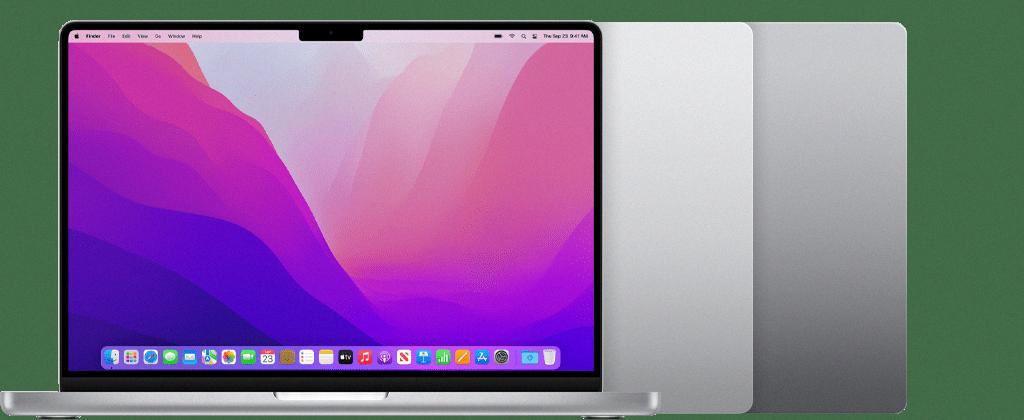
Source: support.apple.com
Troubleshooting a Non-Responsive Mac
There are a few potential reasons why your Mac is not responding. The most common explanation is lack of disk space or memory. If you open the Apple Menu and select “About This Mac”, you can view the available disk space and the total amount of RAM installed in the system. If either of these are belw recommended levels, you may need to increase storage or upgrade your RAM to improve performance.
In rare cases, unresponsiveness could be caused by hardware failure, such as a failed hard drive or faulty RAM. In this case, you would need to take your computer in for servicing.
Conflicting apps can also cause your Mac to become unresponsive. This can happen when two apps attempt to access the same system resources at the same time, leading to an overload and crashing both applications. To check if this is the problem, try restarting your computer while only running one app at a time until you find whih one is causing issues.
Forcing an Unresponsive Mac to Restart
If your Mac has become unresponsive, you can force it to restart by pressing and holding down the Command (?) and Control (Ctrl) keys along with the power button (or the ?Touch ID? / Eject button, depending on the Mac model). Hold these keys untl the screen goes blank and the machine restarts. This should reset your computer and get it running again.
Restarting a Crashed IMac
If your iMac has crashed and is unresponsive, you can restart it in a few different ways.
For Intel-based Macs:
1. Press and hold the power button until you see the startup options appear.
2. Select your startup disk from the list of options.
3. Hold down the Shift key on your keyboard and click Continue in Safe Mode to restart your iMac.
For M1 Macs:
1. Press and continue to hold the power button unil you see the startup options appear.
2. Choose your startup disk from the list of options.
3. Press and hold Shift on your keyboard and click Continue in Safe Mode to restart your iMac.



